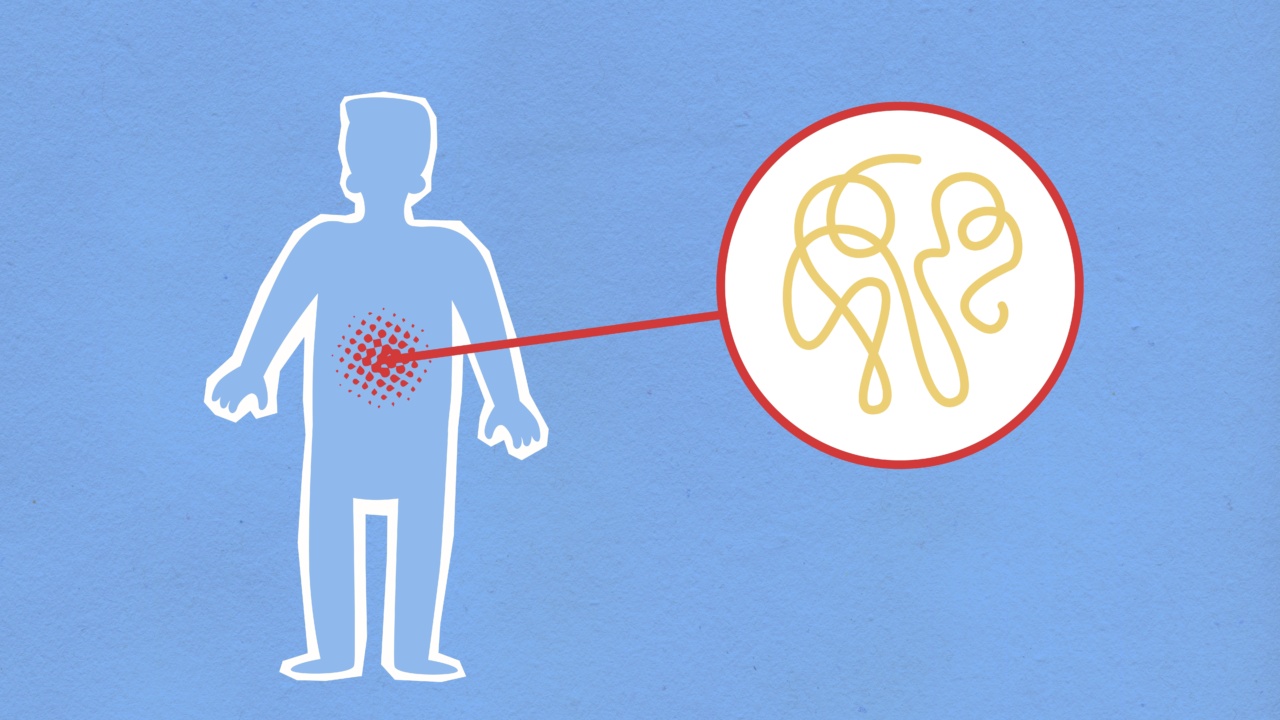Middle pain, also known as mid-back pain, refers to discomfort felt in the middle region of the spine. This type of pain can be caused by a variety of factors, including poor posture, muscle strain, and spinal arthritis.
However, one of the least talked-about causes of middle pain is inflammation. In this article, we will explore the role of inflammation in middle pain and discuss how it can be managed effectively.
What is Inflammation?
Inflammation is a natural response of the body to harmful stimuli such as pathogens, damaged cells, or irritants.
It is a complex process that involves a series of biochemical and cellular events, which aim to eliminate the source of injury and initiate healing. While inflammation is typically a beneficial response, chronic inflammation can be harmful and lead to tissue damage and chronic pain.
How Does Inflammation Cause Middle Pain?
Inflammation can cause middle pain in several ways. First, inflammation can irritate the nerve endings in the tissues of the middle back, which can trigger pain signals to the brain.
Second, inflammation can cause swelling in the tissues of the middle back, which can compress the nerves and lead to pain. Finally, chronic inflammation can cause tissue damage, which can eventually lead to structural changes in the spine and further exacerbate middle pain.
Common Causes of Inflammation in the Middle Back
There are several common causes of inflammation in the middle back, including:.
- Spinal arthritis
- Herniated discs
- Spinal stenosis
- Muscle strains and sprains
- Poor posture or body mechanics
- Repetitive motion injuries
- Medical conditions such as fibromyalgia and lupus
Treatment Options for Inflammation-Related Middle Pain
The treatment options for inflammation-related middle pain depend on the underlying cause of the inflammation. In most cases, a combination of conservative and therapeutic approaches is used to manage the pain.
Some common treatment options for inflammation-related middle pain include:.
- Rest and activity modification
- Physical therapy and exercise
- Chiropractic care
- Massage therapy
- Hot and cold therapy
- Over-the-counter anti-inflammatory medications
- Prescription pain medications
- Steroid injections
- Surgery (in severe cases)
Prevention Tips for Inflammation-Related Middle Pain
While middle pain caused by inflammation cannot always be prevented, there are certain steps that you can take to reduce your risk of developing it. Some useful prevention tips include:.
- Practice good posture and body mechanics
- Avoid repetitive motions
- Stretch before and after physical activities
- Stay active and maintain a healthy weight
- Get enough rest and sleep
- Avoid smoking and excessive alcohol consumption
- Manage stress levels through relaxation techniques such as meditation and yoga
Conclusion
Inflammation is a common underlying cause of middle pain. While inflammation is a natural response of the body to harmful stimuli, chronic inflammation can lead to tissue damage and chronic pain.
However, the good news is that inflammation-related middle pain can be managed effectively with a combination of conservative and therapeutic approaches, as well as certain prevention tips.





























